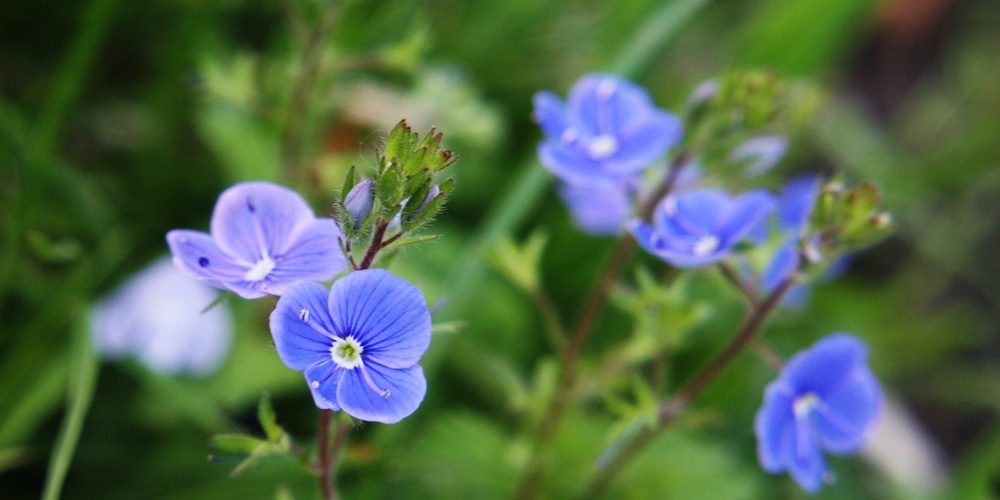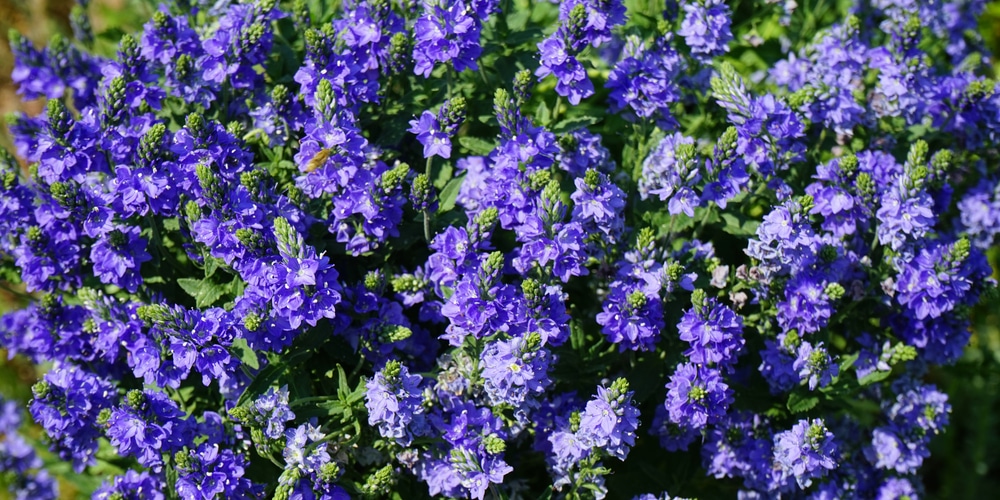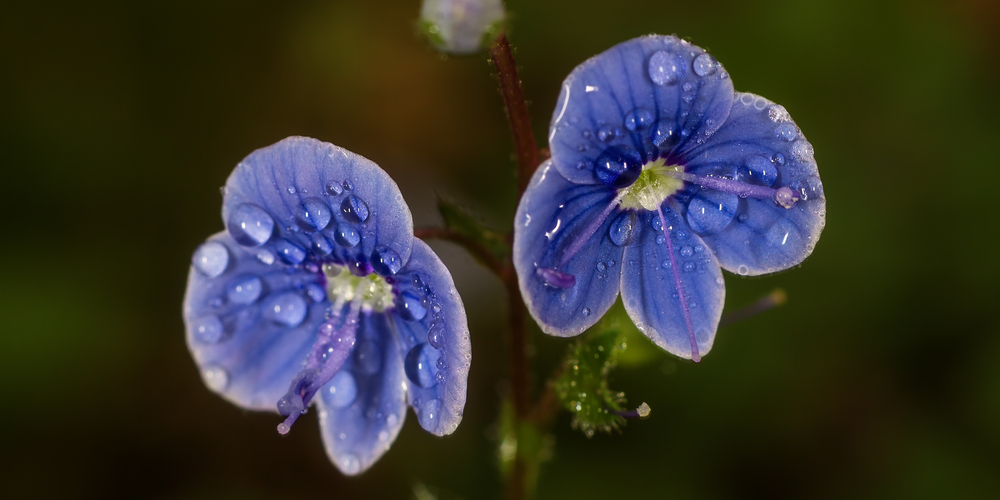Growing a lawn can be rewarding. However, it can be a challenging task for a gardener. It takes time and effort (as well as commitment) to maintain it healthy and free of weeds and pests.
Several unwanted plants might infest your lawn. Some are harder to remove than others. However, that shouldn’t discourage you from having turf around your property.
Instead, it should motivate you to learn more about the weeds that might attack your lawn and how to remove them. For instance, do you know what speedwell weed is?
And how do you control it once it chooses your garden as its home? You can find answers to these questions (and much more) in this essential guide.
What is Speedwell Weed?
Speedwell is a weed you will find everywhere throughout the US. It can appear in different species. Most of them display delicate-looking tiny blue flowers with four petals.
Despite the harmless looks, this weed will spread fast once it finds the ideal conditions for its growth. For this reason, you must take immediate action as soon as you notice it on your lawn.
Most of the time, speedwell will be tricky to remove. And if you don’t take measures to control it, it may cover your entire turfgrass.
We always recommend using chemical solutions as your last resort. After all, pesticides might harm other plants you have around and kill beneficial insects. Also, if you don’t apply them correctly, you might deprive your lawn of essential nutrients.
How Do You Recognize Speedwell?
Besides the characteristic blue flowers, you can recognize speedwell by looking at its leaves. They are small and light green, with scalloped edges and a leather texture.
The stems look reddish, and the roots fibrous. This plant grows low to the ground and produces flowers between March and May. Remember that there are many speedwell species, including the slender, the germander, and the ivy-leaved.
All have different characteristics but will produce blue flowers in the spring.
How Can You Get Rid of Speedwell Weed?
You can remove speedwell in many ways. Of course, the choice of the method will depend on the severity of the infestation. For instance, if there isn’t much weed on your lawn, you can have satisfactory results by hand-pulling it.
To make the most out of it, consider raking over the area before pulling the speedwell from the ground. Be careful: you must dig out the entire plant, including the runners and roods.
Also, remember to dispose of the remainings properly: place them in a bag and avoid dropping them accidentally on the soil, where they might root again.
Additionally, consider tilling the soil in the fall and winter (when most speedwell species will germinate) to prevent these weeds from occurring on your lawn.
But if the infestation is severe, there is no better method than using chemical products. While they might harm your plants and lawn, they are the most effective ways to remove speedwell effectively.
To minimize damage, apply a suitable herbicide as a spot treatment. The best times to add these products to your lawn are during the spring and summer when weeds are in their growing phase.
To get better results, make sure the soil is moist and cool. Also, to avoid affecting other plants, apply the treatment when you are not expecting any rain or strong for at least a couple of days after it.
Can You Prevent Speedwell from Getting to Your Lawn?
Getting rid of speedwell can be a daunting task. This weed spreads aggressively and has a deep root system. So, take measures to prevent it from getting to your lawn to save yourself headaches in the future. After all, prevention is always better than cure.
And it doesn’t take too much effort from your side! To begin with, you must keep your lawn healthy. Don’t forget to fertilize your grass when it needs more nutrients (during the growing season), aerate the soil, and mow it regularly.
Also, avoid overwatering your grass. Speedwell thrives in moist and shady areas. Check if your lawn is growing in adequate soil: it must be well-draining. Also, it should get proper amounts of sunlight.
Putting into practice these tips will help you maintain your grass healthy and prevent the appearance of diseases, pests, and weeds (including speedwell).
Additionally, if the plant is already on your lawn, you must remove flowers and seed pods. Doing so will slow down its spread and allow you to control the weeds. Apply the methods we included in the previous section to eliminate them.
Of course, you can also apply chemical herbicides to prevent infestations. You should use a suitable pre-emergent product if you live in a warm and wet region, where weds are common.
However, be careful if you have pets or kids running around your garden. Remember that these products might also harm beneficial pollinators, which might be counterproductive to the health of your garden.
Related article: Best Way to Remove Weeds From a Large Area


